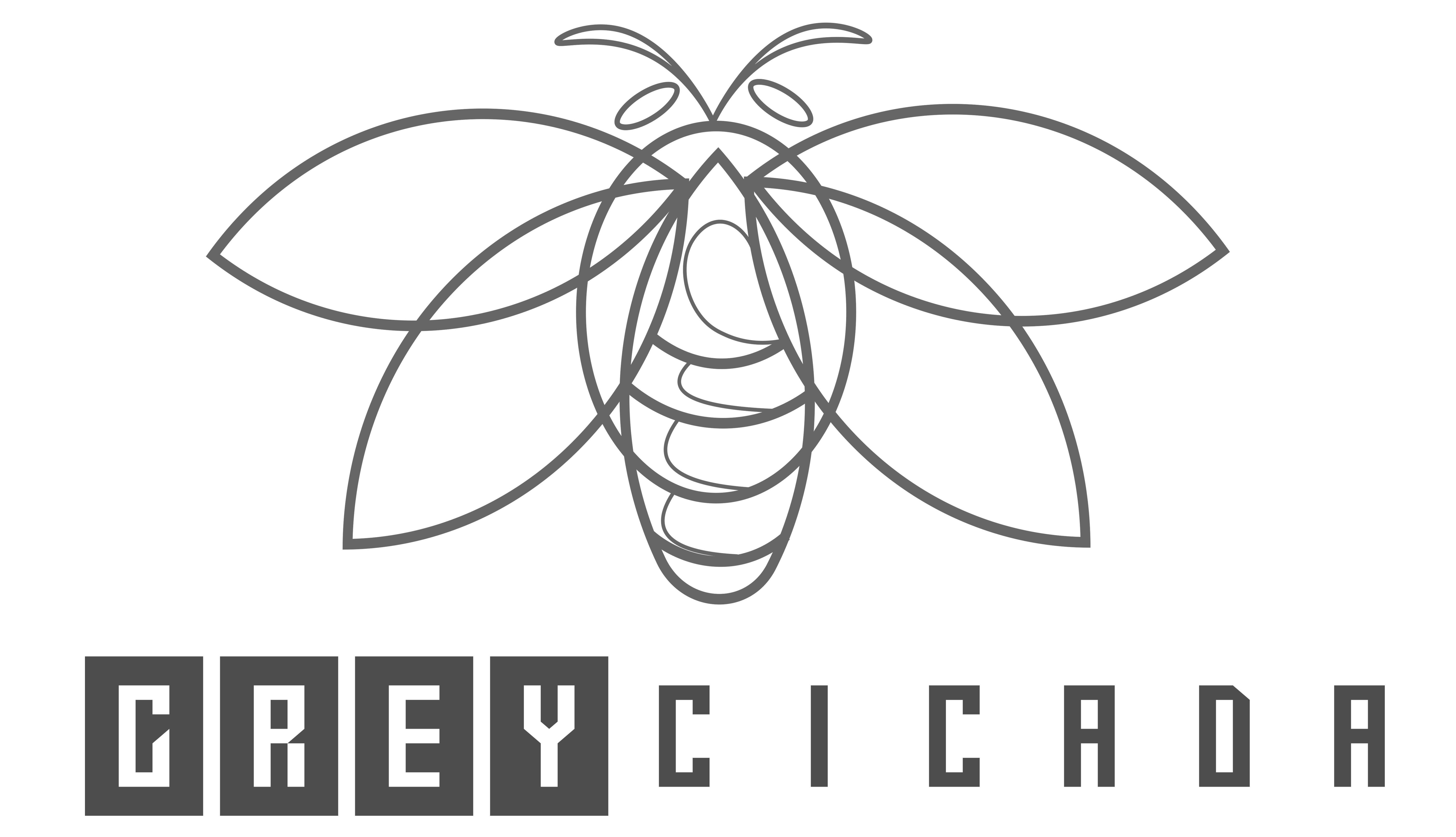FREE SHIPPING OVER $50
Post Cycle Therapy Demystified: A Step-by-Step Approach
You’ve just finished a cycle of anabolic steroids and you’re feeling great. You’ve gained muscle, strength, and confidence. But you know that your body is not in its natural state. You’ve been injecting or swallowing synthetic hormones that have altered your hormonal balance. And you know that if you don’t do something about it, you’ll lose your gains and suffer from side effects. That’s where post cycle therapy (PCT) comes in.
Post cycle therapy (PCT) is a process of restoring your natural hormone production and preventing the negative consequences of steroid use. PCT is not optional; it’s essential for anyone who wants to use steroids safely and effectively.
But what exactly is PCT? How does it work? And how do you do it right? In this article, we’ll answer these questions and more. We’ll explain the science behind PCT, the different types of post cycle therapy drugs, and the best practices for planning and executing your PCT. By the end of this article, you’ll clearly understand what PCT is and how to do it properly.
Disclamer: You may need to adjust the dosage and duration of your PCT drugs according to your blood work and symptoms. You should also consult with a doctor before starting any PCT protocol
What is Post Cycle Therapy?

Post cycle therapy is a term that refers to the use of certain drugs or supplements after a cycle of anabolic steroids. The purpose of PCT is to help your body recover from the hormonal changes caused by steroid use and to prevent or minimize the side effects that can occur after a cycle.
Anabolic steroids are synthetic versions of testosterone, the male sex hormone. They work by binding to androgen receptors in your muscle cells, increasing protein synthesis and muscle growth. They also have other effects on your body, such as increasing red blood cell production, enhancing fat loss, and improving mood and libido.
However, anabolic steroids also have a downside. They suppress your natural testosterone production, which can lead to low testosterone levels after a cycle. Low testosterone can cause a number of problems, such as:
- Loss of muscle mass and strength
- Increased body fat
- Roid Gut or Palumboism
- Decreased libido and erectile function
- Mood swings and depression
- Reduced sperm count and fertility
Additionally, some steroids can convert to estrogen, the female sex hormone, in your body. This can cause excess estrogen levels, which can lead to:
- Gynecomastia (enlarged male breasts)
- Water retention and bloating
- High blood pressure
- Increased risk of blood clots and stroke
To avoid these issues, you need to restore your natural hormone balance as soon as possible after a cycle. That’s where PCT comes in.
PCT involves taking drugs that stimulate your natural testosterone production or block the effects of estrogen. These drugs are usually taken for several weeks after a cycle, depending on the type and duration of the steroids used.
Post Cycle Therapy Drugs
The most common PCT drugs are:
- Nolvadex (Tamoxifen Citrate): A selective estrogen receptor modulator (SERM) that blocks the action of estrogen in breast tissue and stimulates the release of luteinizing hormone (LH) and follicle-stimulating hormone (FSH) from the pituitary gland. LH and FSH are hormones that signal your testicles to produce testosterone.
- Clomid (Clomiphene Citrate): Another SERM that works similarly to Nolvadex, but may have more side effects such as mood swings, blurred vision, and headaches.
- HCG (Human Chorionic Gonadotropin): A hormone that mimics LH and directly stimulates your testicles to produce testosterone. HCG is usually used during a cycle to prevent testicular shrinkage and atrophy, but can also be used after a cycle to kickstart your natural testosterone production.
There are other drugs and supplements that can be used for PCT, such as aromatase inhibitors (AIs), which prevent the conversion of testosterone to estrogen; D-aspartic acid (DAA), which boosts natural testosterone levels; and natural herbs and vitamins that support hormonal health.
However, not all PCT drugs are created equal. Some are more effective than others, depending on the type of steroids used, the dosage, the duration, and the individual response. Therefore, it’s important to plan your PCT carefully and tailor it to your specific needs.
How to Plan Your Post Cycle Therapy
Planning your post cycle therapy is not a one-size-fits-all process. You need to consider several factors before deciding what drugs to use and how long to use them. Here are some general guidelines for planning your PCT:
- The longer and heavier your steroid cycle, the longer and more aggressive your PCT should be.
- The more suppressive your steroids are, the more you need to stimulate your natural testosterone production.
- The more aromatizing your steroids are, the more you need to control your estrogen levels.
- The faster acting your steroids are, the sooner you need to start your PCT.
- The slower acting your steroids are, the later you need to start your PCT.
Based on these factors, you can divide your steroids into three categories:
- Fast-acting and highly suppressive steroids, such as Dianabol, Anadrol, and Trenbolone. These steroids require a short and aggressive PCT, starting 2-3 days after your last dose. You should use a combination of Nolvadex and Clomid, or HCG and Nolvadex, for 4-6 weeks.
- Moderate-acting and moderately suppressive steroids, such as Testosterone Propionate, Winstrol, and Anavar. These steroids require a moderate PCT, starting 3-5 days after your last dose. You should use Nolvadex or Clomid for 4-6 weeks.
- Slow-acting and mildly suppressive steroids, such as Testosterone Enanthate, Deca-Durabolin, and Equipoise. These steroids require a mild PCT, starting 2-3 weeks after your last dose. You should use Nolvadex or Clomid for 3-4 weeks.
These are general recommendations that can vary depending on your individual response and goals. You may need to adjust the dosage and duration of your PCT drugs according to your blood work and symptoms. You should also consult with a doctor before starting any PCT protocol.
A Step-by-Step Example of Post Cycle Therapy
To illustrate how to plan and execute your PCT, let’s take a look at a common steroid cycle and how to do a proper PCT for it. Be advised that the below example is only for descriptive purposes and does not serve as medical advice.
Let’s say you’re doing a 12-week cycle of Testosterone Enanthate at 500 mg per week. This is a slow-acting and mildly suppressive steroid that will give you steady gains in muscle mass and strength. However, it will also suppress your natural testosterone production and aromatize to estrogen, so you need to do a PCT to restore your hormonal balance.
Here’s how your cycle and PCT would look like:
| Weeks | Steroid | PCT | Reason |
|---|---|---|---|
| 1-12 | Testosterone Enanthate 500 mg/week | No PCT | This is the main steroid of the cycle, which will provide muscle and strength gains, but also suppress natural testosterone and aromatize to estrogen |
| 13-14 | No Steroids | No PCT | This is the waiting period, where no steroids or PCT drugs are used, to allow the long-acting ester of Testosterone Enanthate to clear from the system |
| 15-18 | No Steroids | Nolvadex 40 mg/day | This is the first phase of the PCT, where a high dose of Nolvadex is used to block estrogen receptors and stimulate natural testosterone production |
| 19-20 | No Steroids | Nolvadex 20 mg/day | This is the second phase of the PCT, where a lower dose of Nolvadex is used to gradually restore natural hormone balance and avoid any rebound effects |
As you can see, you start your PCT two weeks after your last injection of Testosterone Enanthate. This is because this steroid has a long ester that stays in your system for a while. You need to wait until the steroid levels drop below a certain threshold before starting your PCT.
You use Nolvadex as your main PCT drug, starting with a high dose of 40 mg per day for the first two weeks, then tapering down to 20 mg per day for the last two weeks. This will help you block the effects of estrogen and stimulate your natural testosterone production.
You don’t need to use Clomid or HCG for this cycle, as they are more suitable for heavier and more suppressive cycles. However, you can add them if you want to boost your recovery further.
You should also monitor your blood work and symptoms during and after your PCT. You should check your testosterone, estrogen, LH, FSH, cholesterol, liver enzymes, blood pressure, and other markers of health. If you notice any signs of low testosterone or high estrogen, such as fatigue, depression, loss of libido, gynecomastia, or water retention, you may need to extend or adjust your PCT.
Before You Leave
Post Cycle Therapy is not rocket science, but it’s not something you can ignore either. It’s a crucial part of any steroid cycle that will help you preserve your gains and protect your health. By following the guidelines and examples in this article, you’ll be able to plan and execute your PCT like a pro.
If you found this blog post insightful, explore more by delving into our related articles:
- Dealing with Roid Rage Symptoms: A Step-by-Step Treatment Guide
- What is Roid Gut and How Can You Eliminate It?
- How to Do the Perfect Hex Bar Deadlift: Variations & Alternatives
- 10 Foods that Lower Testosterone
- 10 Foods that Boost Testosterone
- Boost Your Testosterone Naturally: Avoid These 10 Mistakes
- The Best Kegel Exercises for Men to Combat Erectile Dysfunction
- Piles Self-Treatment Hacks for Quick Relief








Usually I do not read article on blogs however I would like to say that this writeup very compelled me to take a look at and do it Your writing style has been amazed me Thank you very nice article